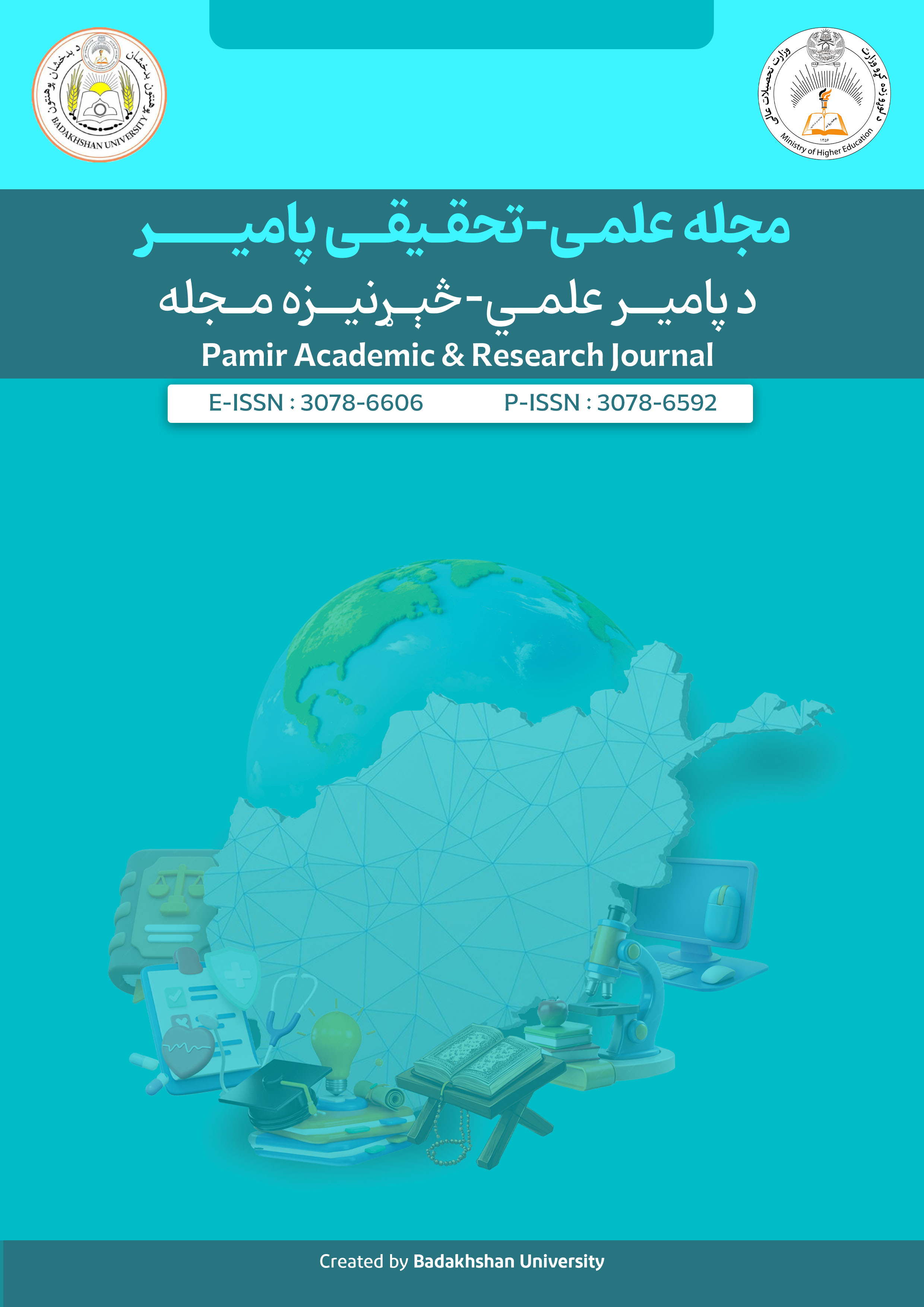Representation of Birds in the Poetry of Mirza Abdul Qadir Bedil
DOI:
https://doi.org/10.61806/parj.v9i30.7الملخص
Abstract
The poetry of Abu al-Ma'ani Mirza Abdul Qadir Bedil can be analyzed and examined from various perspectives, one of which is the representation of birds and their symbolic meanings in Bedil's ghazals. Birds play a significant role in creating the aesthetic appeal of poetry. Therefore, poets of Persian literature across different literary periods have extensively used birds as symbols and metaphors in their imagery. This study focuses on the representation of birds in Bedil's poetry, analyzing his divan in two categories: mythical/legendary birds and ordinary birds. The findings indicate that mythical birds such as the Homa, Anqa, and Simurgh symbolize happiness, high aspirations, and impossibility in Bedil's poetry. In contrast, ordinary birds such as the peacock, nightingale, bulbul, dove, bird, sparrowhawk, parrot, partridge, crow, pigeon, falcon, eagle, raven, owl, ostrich, and many others symbolize deception, vanity, attraction to appearances, and the fleeting nature of life. Bedil has crafted vivid and colorful images and combinations from these birds, enhancing the allure and appeal of his words. The research methodology is based on content analysis, where Bedil's divan is first examined, and then, relying on other sources, the verses in which a bird is depicted as a symbol are analyzed and explained. The aim of this literary research is to rediscover Bedil's poetry in terms of symbolism and to understand the role of birds in shaping the aesthetic beauty of his poetry.
Keywords: Bedil, birds, bird imagery, mythical birds, ordinary birds
التنزيلات






